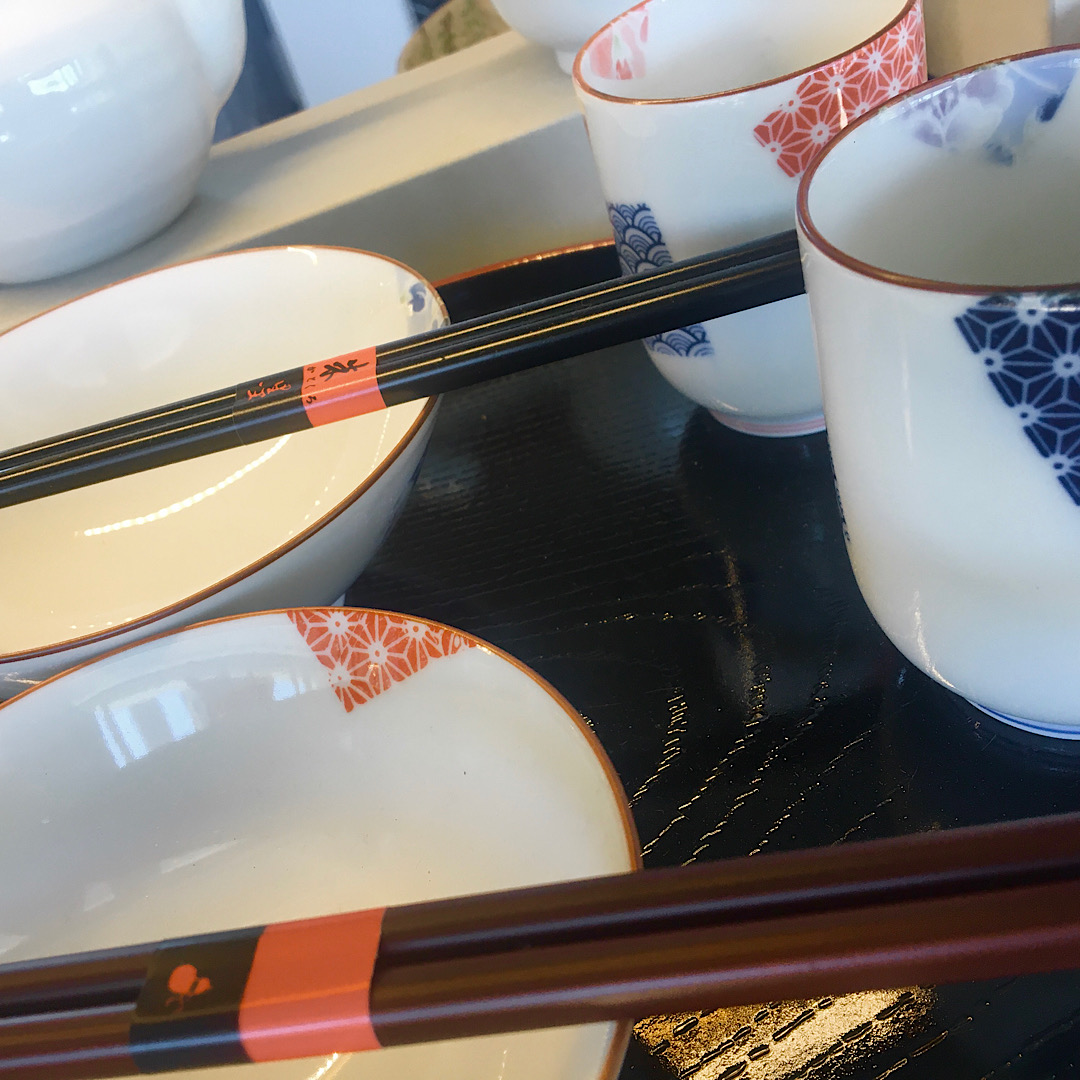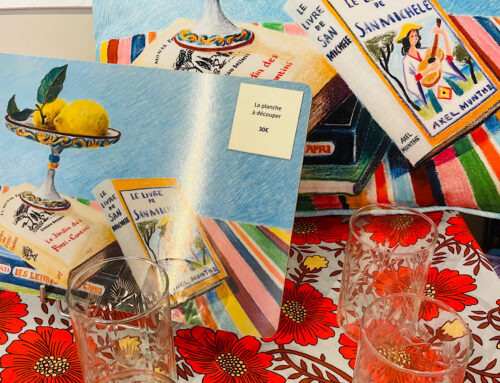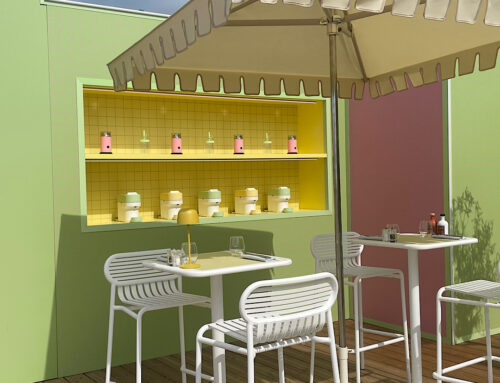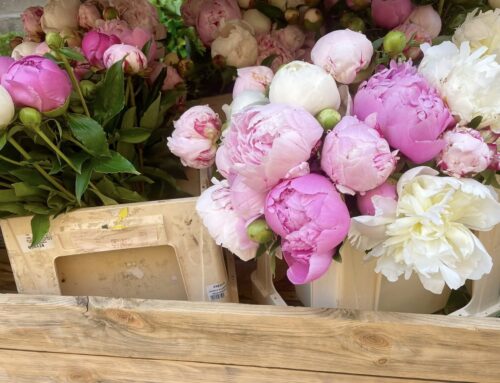No matter what space we have lived in, there is an element of Asian style included, especially when we lived in Penang. As a Feng Shui practitioner, it matches with natural elements and form to create a sense of balance and harmony. At one stage, we bought as much as we could down to candles, place mats and cushions. I had soft, billowing sequinned curtains which suited the hot, humid Malaysian climate. Dark, wooden slatted furniture was popular on the hard white tiles. We have less of this look as we have bought pieces in Switzerland, France and New York but there are still some Eastern accents that can be recognised.
Indochine
 This is my favourite Asian style of design. Sadly from the French invasion of Vietnam but born out of a need to combine French and Vietnamese architecture and interiors due to the weather and culture. It is the perfect combination of curves, arches and fancy wrought iron. Usually in white and soft colours or a black and white theme. It isn’t easy to achieve but have a go at mixing French style furniture and Asian furniture focusing on a similar colour range and curves.
This is my favourite Asian style of design. Sadly from the French invasion of Vietnam but born out of a need to combine French and Vietnamese architecture and interiors due to the weather and culture. It is the perfect combination of curves, arches and fancy wrought iron. Usually in white and soft colours or a black and white theme. It isn’t easy to achieve but have a go at mixing French style furniture and Asian furniture focusing on a similar colour range and curves.
 Our French dining room is a tribute to our time in Asia and we have blended a French farmhouse dining table with Chinese furniture and Malaysian paintings to offer a tropical feel to the room. Rich emerald green chairs and soft French linen fabrics add a softer touch and we use vintage French cocktail glasses and monkey candlesticks for final touch.
Our French dining room is a tribute to our time in Asia and we have blended a French farmhouse dining table with Chinese furniture and Malaysian paintings to offer a tropical feel to the room. Rich emerald green chairs and soft French linen fabrics add a softer touch and we use vintage French cocktail glasses and monkey candlesticks for final touch.
Japanese
 I have been lucky to visit Japan a couple of times and would love to go back. The style and balance of old Japan is as beautiful as expected but difficult to get right. The focus is on attaining Zen through balance and a sense of calm, and it isn’t easy to achieve! The style incorporates natural fabrics including wood, fibre and woven textiles for mats, screens and curtains. Furniture is compact and low and usually in paler woods or in alternatives such as bamboo. While sitting on the floor is a key part, you can achieve a Western blend using silks, plants and stone features including a fountain. You don’t have to go for the full look but the key element is simplicity. It is one plant, one vase, one screen, as can be seen in the flower arranging practice of Ikebana. I love Washi paper as the gentle textures and translucency in lamps and screens offer a softness to a room. Colours are usually neutral however, in Kyoto, indigo blue dye is used producing navy noren, or door curtains, to keep the elements out.
I have been lucky to visit Japan a couple of times and would love to go back. The style and balance of old Japan is as beautiful as expected but difficult to get right. The focus is on attaining Zen through balance and a sense of calm, and it isn’t easy to achieve! The style incorporates natural fabrics including wood, fibre and woven textiles for mats, screens and curtains. Furniture is compact and low and usually in paler woods or in alternatives such as bamboo. While sitting on the floor is a key part, you can achieve a Western blend using silks, plants and stone features including a fountain. You don’t have to go for the full look but the key element is simplicity. It is one plant, one vase, one screen, as can be seen in the flower arranging practice of Ikebana. I love Washi paper as the gentle textures and translucency in lamps and screens offer a softness to a room. Colours are usually neutral however, in Kyoto, indigo blue dye is used producing navy noren, or door curtains, to keep the elements out.
South East Asian
 Other Asian cultures such as India and Malaysia, offer beautiful fabrics and include silver, copper and brass in beautiful ornate and seductive scenes. The interior style from this region is probably the easiest to mix and match with Western style decor. Look to accessories such as rich fabrics, cushions and ornaments. I love the Mogul paintings as they sing of the Arabian nights, spices and exotic palaces and a print framed in an exotic green instantly adds a seductive element! An Indian friend asked me to Feng Shui her apartment and we used several of her saris for curtains and throws matched with IKEA furniture. The strong green, orange and pinks against white textiles combined with her Istanbul carved glass lamps, created an inviting atmosphere.
Other Asian cultures such as India and Malaysia, offer beautiful fabrics and include silver, copper and brass in beautiful ornate and seductive scenes. The interior style from this region is probably the easiest to mix and match with Western style decor. Look to accessories such as rich fabrics, cushions and ornaments. I love the Mogul paintings as they sing of the Arabian nights, spices and exotic palaces and a print framed in an exotic green instantly adds a seductive element! An Indian friend asked me to Feng Shui her apartment and we used several of her saris for curtains and throws matched with IKEA furniture. The strong green, orange and pinks against white textiles combined with her Istanbul carved glass lamps, created an inviting atmosphere.
Chinese
 We have a Chinese elm money chest that we use as a sideboard and a simple A-frame cupboard. They have traveled with us for many years and will land in our French dining room. Chinese design is either carved and ornate or very simple and can have hard lines depending on which dynasty style you favour. It can be high lacquer in red, black and gold or simple wood and bamboo. I prefer the simpler lines. We painted our A-frame cupboard white and it looks really elegant combined with an ornate mirror and ginger jar. Feng Shui would say to balance the hard energy of general Chinese design with curved edges using other Asian cultural textiles to soften the energy. Red is a favourite colour as it is seen to represent good luck and wealth. Green can be used as it symbolises the Wood element of growth. The key is balance to achieve the art of interior harmony.
We have a Chinese elm money chest that we use as a sideboard and a simple A-frame cupboard. They have traveled with us for many years and will land in our French dining room. Chinese design is either carved and ornate or very simple and can have hard lines depending on which dynasty style you favour. It can be high lacquer in red, black and gold or simple wood and bamboo. I prefer the simpler lines. We painted our A-frame cupboard white and it looks really elegant combined with an ornate mirror and ginger jar. Feng Shui would say to balance the hard energy of general Chinese design with curved edges using other Asian cultural textiles to soften the energy. Red is a favourite colour as it is seen to represent good luck and wealth. Green can be used as it symbolises the Wood element of growth. The key is balance to achieve the art of interior harmony.






